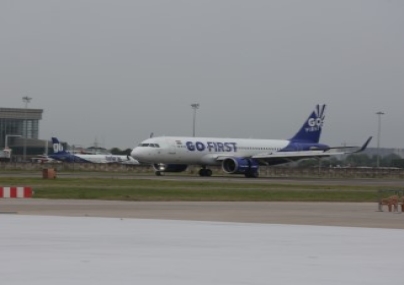
Legal case management software has become a vital part of the dispute resolution process. Used by lawyers firms and courts to leverage knowledge and methodologies for managing the life cycle of a case, such software helps to better use, manage, consolidate, share, and protect information. The best kinds can integrate data from multiple systems, departments and parties.
Among the market leaders in the space today is the UK-headquartered Opus 2 International, which is able to blend sophisticated cloud technology with high-quality court reporting to modernise evidence management for high-stakes matters across the globe, including litigation, arbitration hearings and government inquiries. Currently, it is in use in about 70 to 80 percent of all major litigation and arbitration in the UK.
“It’s a fully functional technology that’s designed specifically for use by lawyers, courts and arbitrators that enables them to access all case documents,” says Graham Smith-Bernal, founder and CEO of Opus 2. “They can access the case from any device anywhere, and then it replicates what they do in these documents, whether they want to read or search through them. The technology also allows them to annotate the document in the same way they would with hardcopy and then put notes, tags and even hyperlinks for supporting documents or paragraphs from another document. But the biggest breakthrough is the cost, as the document is in a secure cloud-based environment. It is very easy to share what they find with colleagues anywhere in the world.”
The cloud is a recent addition to the space, and he admits that it was initially difficult to get lawyers to overcome their reticence to the new technology, primarily over security issues. “We store things in a secure and private cloud environment, and we have two or three levels of security control – the same as for banking,” he says.
However, two factors have led to an increase in take-up from the legal profession. One has been cost – “this is a far more efficient cost-saving, paper-saving way for lawyers to work,” Smith-Bernal says – and the other has been the fact that judges and the arbitrators involved in mega-cases usually have very little support, unlike law firms, which have paralegals and other support lawyers to call on. “This technology supports them and enables them to manage the key issues of the case. In arbitrations, for example, it allows arbitrators to collaborate even though they might be in different parts of the world.”
A key feature of Opus 2’s technology is the concept of hyperlinking. To illustrate its use, Smith-Bernal cites the example of the 2012 Berezovsky v Abramovich trial, one of the first mega-trials to use the technology. “The opening submission was about 300 pages long, and the bottom of each page was a reference to the support documents the lawyer relied on to support those points he’s making,” he says. “In our technology, when the supporting documents are entered, it automatically hyperlinks the supporting documents to the actual point, so all the judge or arbitrator needs to do is just click on the document to launch it. Similarly, lawyers can use it to hyperlink a passage to a statement or document or another piece that contradicts it, and then share that with any of their colleagues.”
While current technology provides the most benefits for mega arbitration or litigation cases, Smith-Bernal also sees the advantages for small and mid-size disputes moving forward, especially as the company is developing new features. Opus 2 is looking to introduce cross-language collaboration, using which lawyers, judges, witnesses and other can annotate the document using different languages.
“Lawyers can still expect to see more efficiency and cost-saving,” he says. “And as disputes become more cross-border in nature, we expect to see more take-up.”



